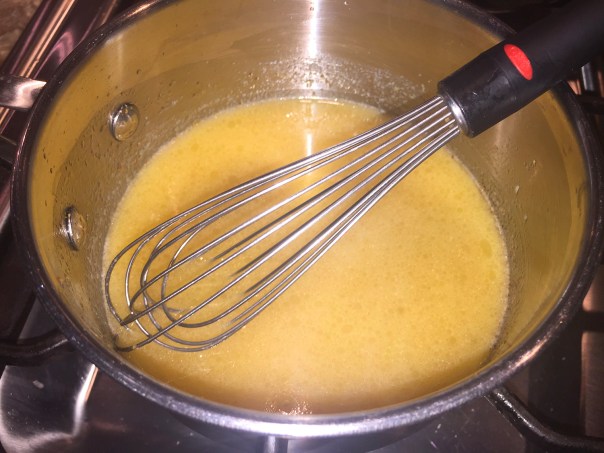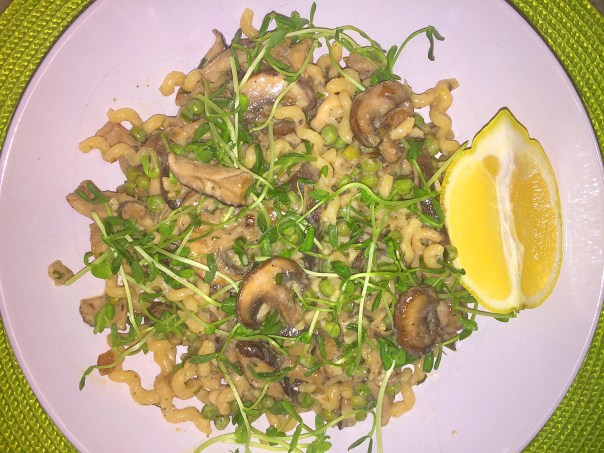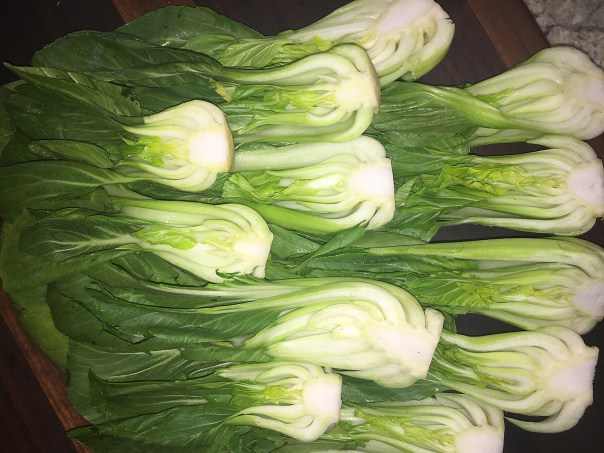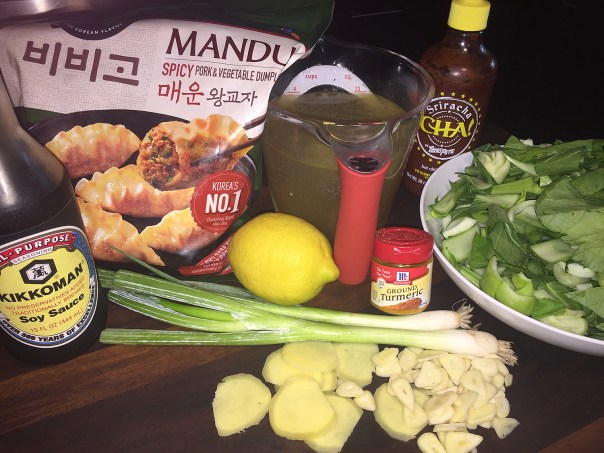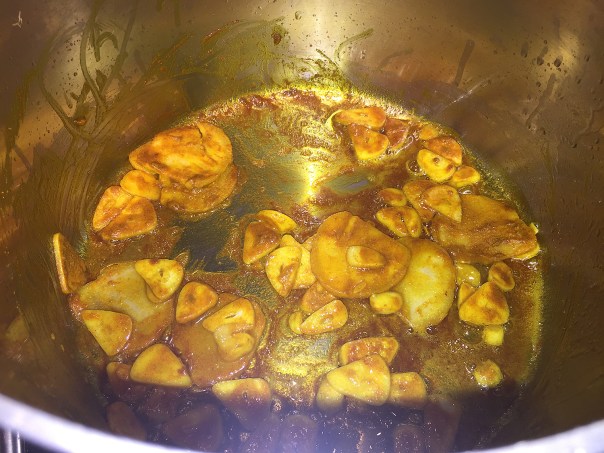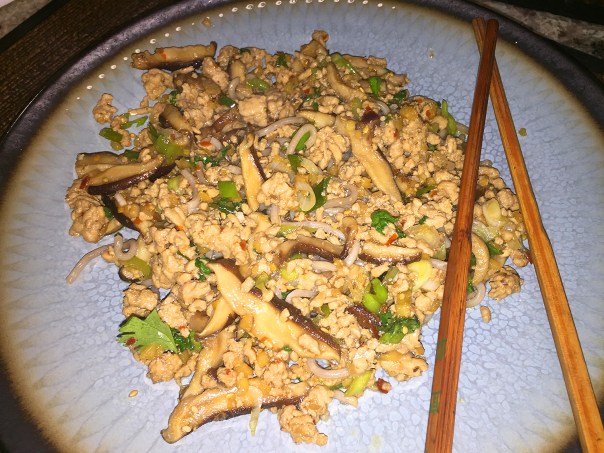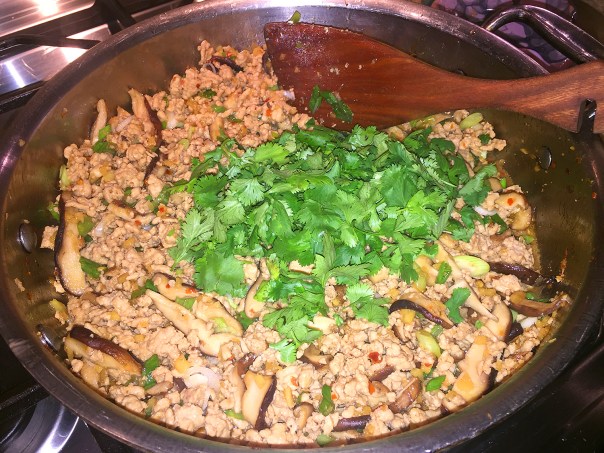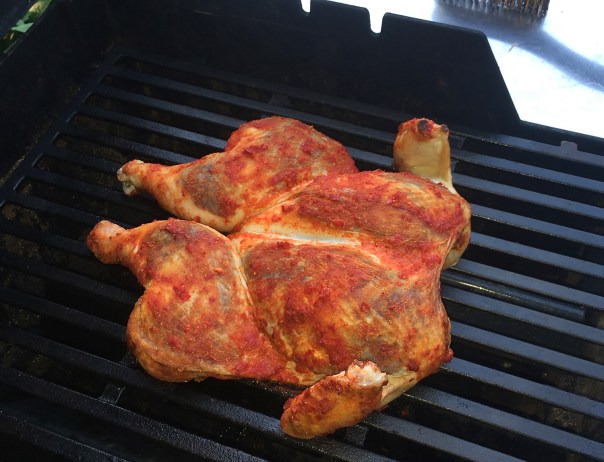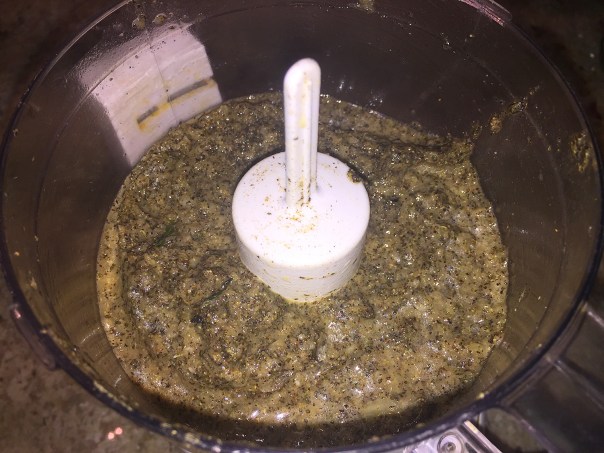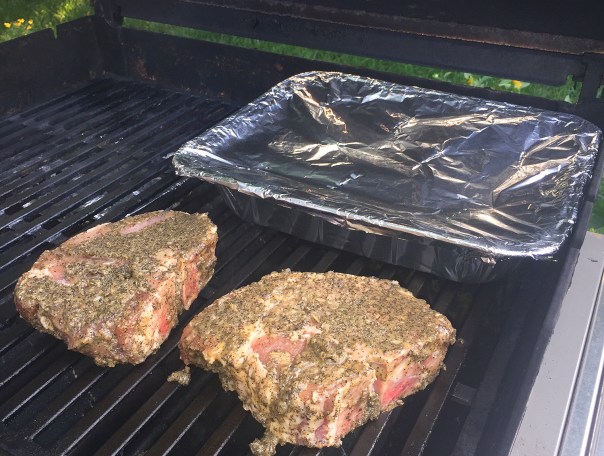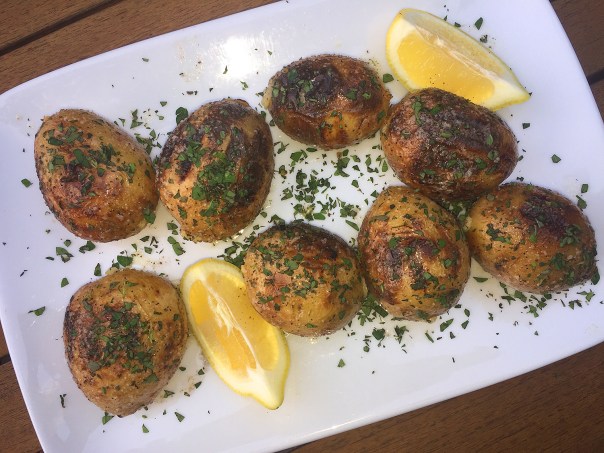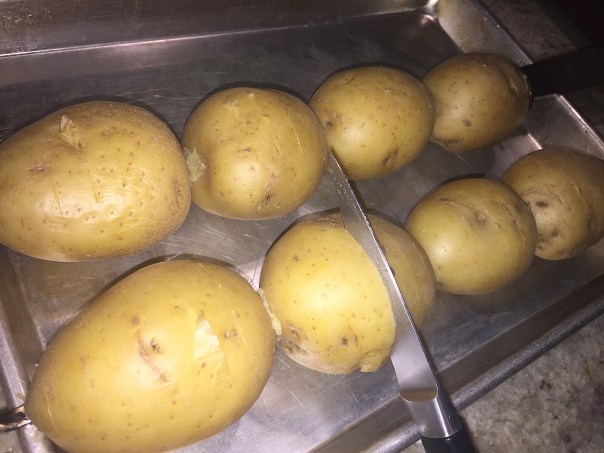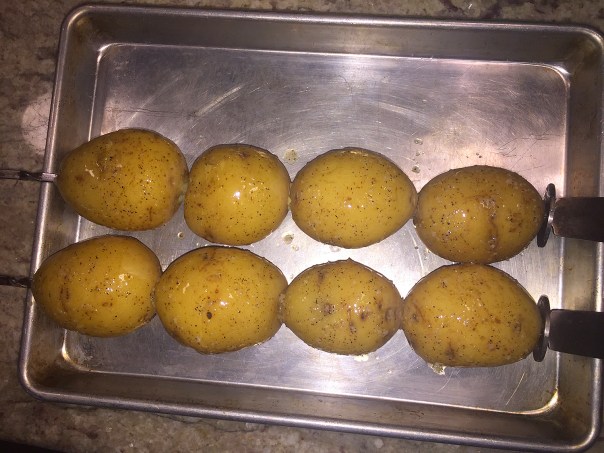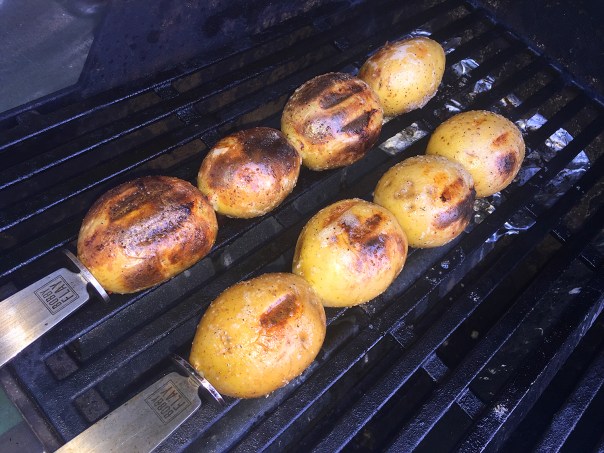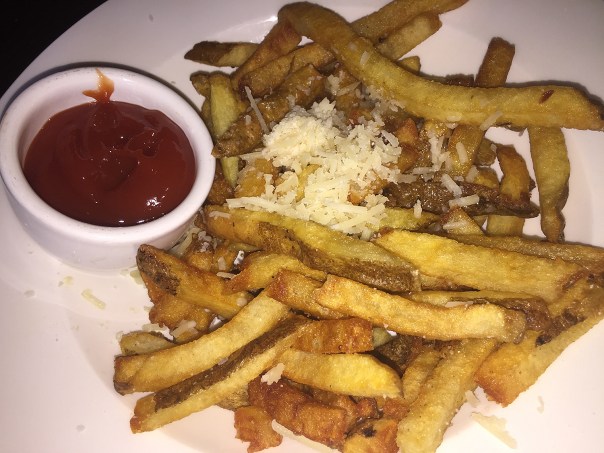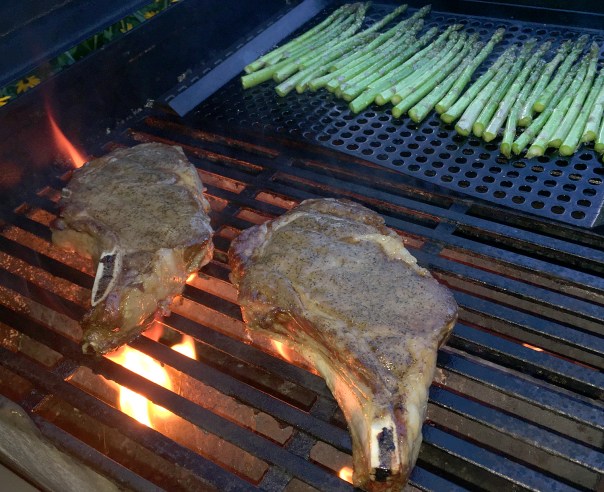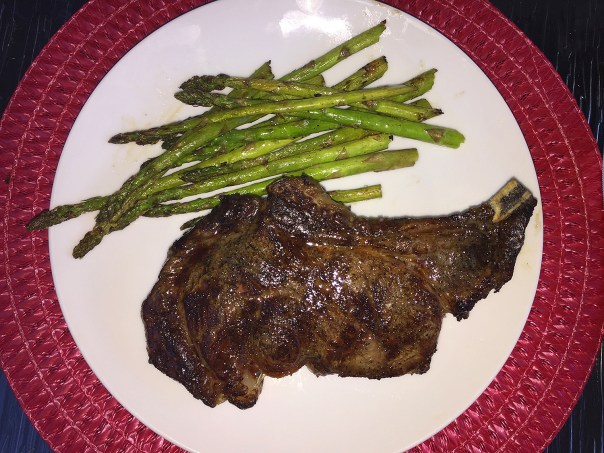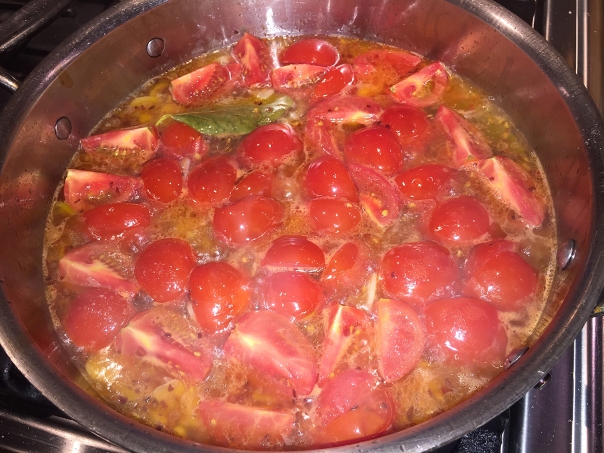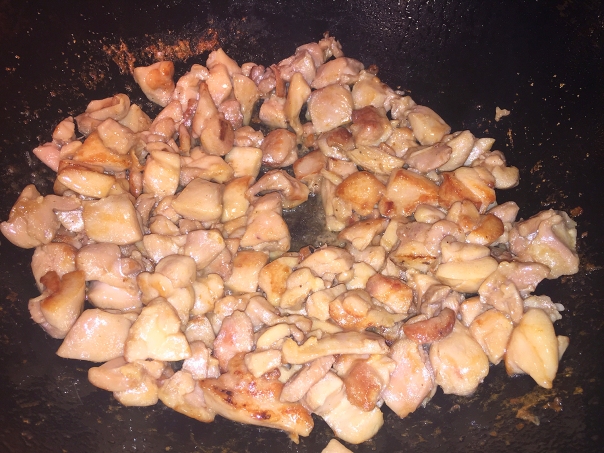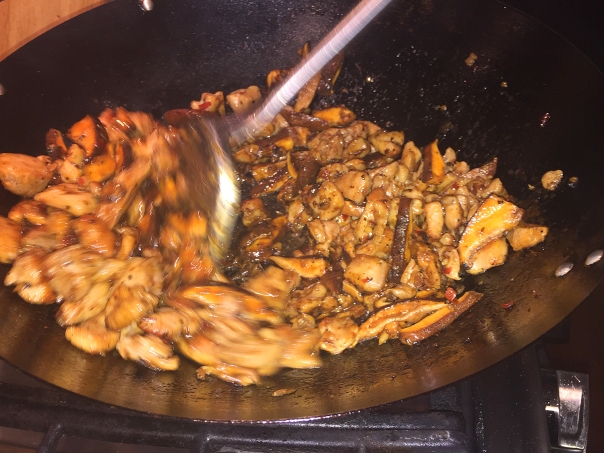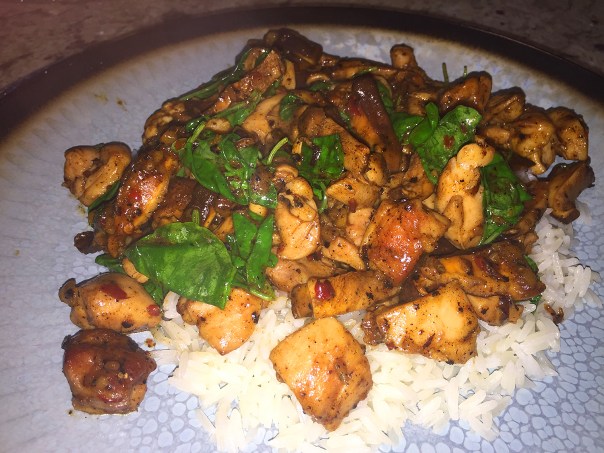Green Bean Salad with Cherry Tomatoes and Feta was the perfect side dish to highlight the beans and herbs from our garden. Plus a bounty of tomatoes at nearby farm stands rounded out this flavorful salad. But cooking beans until they’re soft enough to be speared with a fork generally means you’ve got to boil the living daylights out of them—not to mention all their fresh, grassy flavor.
To make the beans tender, bright green, and deeply flavored, blanche them in highly concentrated salt water (¼ cup of salt to 2 quarts of water). According to Cook’s Illustrated, this quickly softens the pectin in the beans’ skins, so they became tender before losing their vibrant color; it also seasons them inside and out.
This recipe is a Mediterranean composition using mint, parsley, feta cheese, and tomatoes; but you can also switch things up with a French-style version with Dijon, capers, and tarragon; or a Southeast Asian–influenced salad with fried shallots, carrots, and peanuts.
NOTE: If you don’t own a salad spinner, lay the green beans on a clean dish towel to dry in Step 2. The blanched, shocked, and dried green beans can be refrigerated in a zipper-lock bag for up to two days.
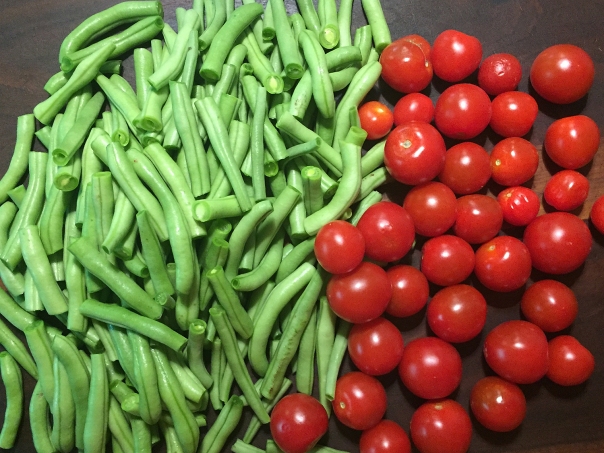
Green bean with Cherry Tomato and Feta Salad
Ingredients
- 1 ½ pounds green beans, trimmed and cut into 1- to 2-inch lengths
- ¼ teaspoon table salt, plus salt for blanching
- 12 ounces cherry tomatoes, halved
- ¼ cup extra-virgin olive oil
- 2 tablespoons chopped fresh mint
- 2 tablespoons chopped fresh parsley
- 1 tablespoon lemon juice
- ¼ teaspoon table salt, plus salt for blanching
- ¼ teaspoon pepper
- 2 ounces feta cheese, crumbled (½ cup)
Directions
- Bring 2 quarts water to boil in large saucepan over high heat. Add green beans and ¼ cup salt, return to boil, and cook until green beans are bright green and tender, 5 to 8 minutes.
Our beans were freshly picked from our garden, so the actual blanching time took only 4 minutes. - While green beans cook, fill large bowl halfway with ice and water. Drain green beans in colander and immediately transfer to ice bath.
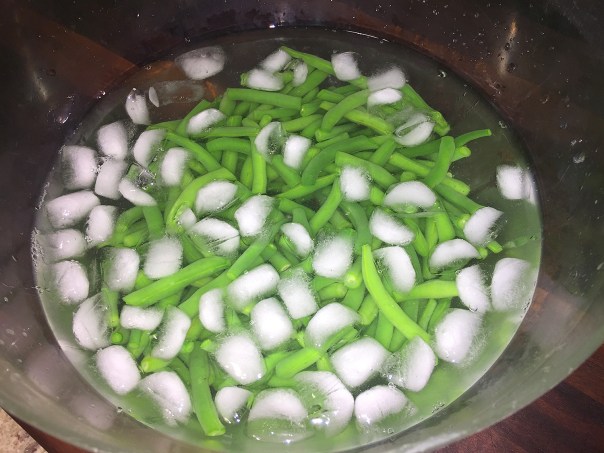
- When green beans are no longer warm to touch, drain in colander and dry thoroughly in salad spinner. Add them and halved tomatoes in large serving bowl.
- Place oil, mint, parsley, lemon juice, pepper, and salt in a small bowl and whisk together thoroughly.
- Drizzle the dressing over the beans and tomatoes and toss to combine; sprinkle with feta, and serve.
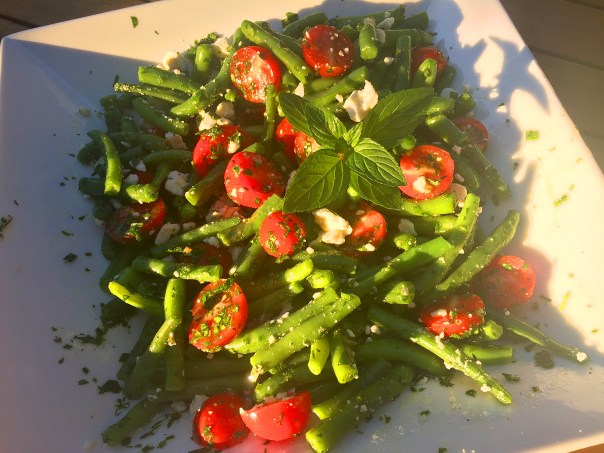
Original recipe courtesy of Cook’s Illustrated




